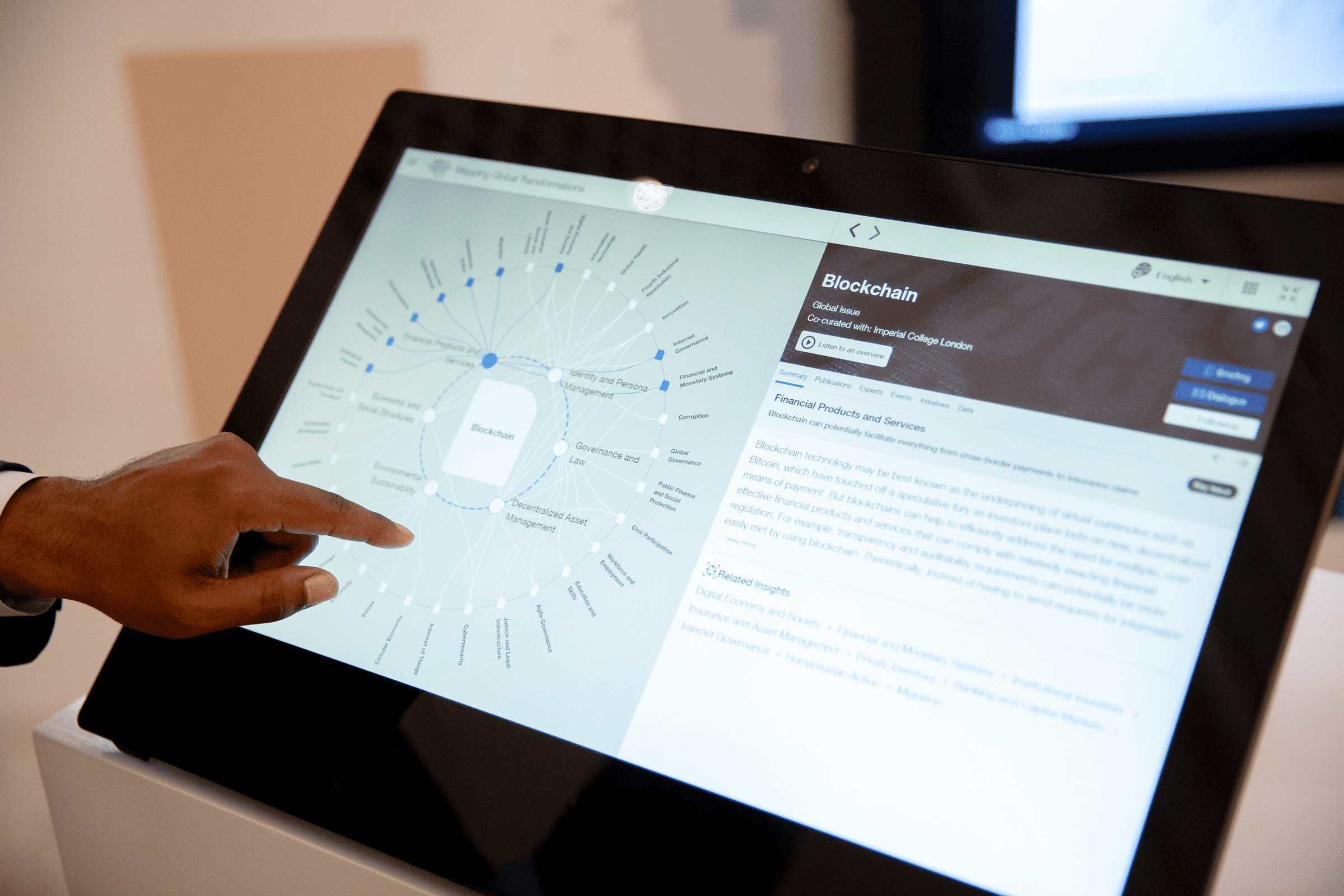By: Greg Thomas, Vice President of Pricing Research and Insights
In our recent article Should You Be Concerned about Price Collusion? we discussed the ethics behind artificial intelligence and pricing. Most people are familiar with artificial intelligence (AI) and machine intelligence (MI), terms that are used interchangeably to describe the field of computer science in which machines are programmed to perform tasks that require a level of human intelligence. Now, computer scientists have created a technique called machine learning (ML), in which computational algorithms are trained to interpret, learn from, use, and act on data.
AI-based pricing has the potential to deliver $500B in global market value, and, as noted in a recent Forbes article, using AI to automate revenue management system pricing rules can increase revenue up to 5% in less than a year. AI and ML have the potential to significantly transform pricing within the B2B sphere, especially considering that more than 1,700 business leaders found that 85% of B2B management teams felt their pricing decisions needed improvement. However, only 15% of those teams had the effective tools to do so.[1]
AI can give B2Bs a competitive advantage in terms of pricing, especially those who are adding machine learning to their toolbelt. Here’s how B2Bs are already using AI and ML to improve pricing and revenue management:
-
Focusing on price optimization
Setting accurate prices is challenging for most B2B companies because of how complex the internal and external data at hand is. Machine learning enables the accurate analysis of large amounts of data quickly and can even derive insights that can guide businesses moving forward. Using this approach, companies can maximize profits using value-based pricing and optimal price tiering because decision-makers better understand a customer’s willingness-to-pay (WTP), as well as their behaviour based on different pricing strategies.
-
Identifying pricing patterns and insights
AI is being used to help companies interpret patterns and trends around price, volume, and mix fluctuations, an area that’s proven challenging for many B2Bs. AI can deliver real-time price optimization that’s driven by local market conditions and competitive intelligence. For example, Wise Athena is a software for consumer packaged goods (CPG) that helps companies determine the best pricing for their products and trade promotion decisions. The software does so by calculating pricing based on econometric science and predictive AI.
Through machine learning, software like this gathers data from many sources. Examples of data that is considered include:
- Win/loss analysis
- Historical transactions
- Competitor’s prices
- Customer activity
- Customer information
- Subscriptions
- Purchase and transaction history by customer
- Qualitative research including customer reviews and feedback, market trends, etc.
With AI, this prescriptive and predictive data is used to make better and faster decisions and in some cases to even automate pricing rules. It is well accepted in the pricing industry that companies that use advanced AI techniques to automate pricing rules and enforce contractual pricing change often see a substantial increase in revenue.
-
Clustering customers through fine-grain customer segmentation
AI can help companies better segment customers, identify value drivers for customers, and enable dynamic pricing. Propensity models by customer persona are helping companies predict which customer groups are more likely to act on a pricing offer or pricing bundle. These models use predictive analytics, which rely on machine learning to predict the probability of a given customer’s action based on pricing offers or other incentives.
Through fine grain customer segmentation, propensity models increase customer retention, reduce churn, and provide more use data around customer preferences and past behaviour. With this data, it’s possible to predict a customer’s willingness-to-pay and then segment and price accordingly.
“By leveraging data points across disparate data sources, an AI algorithm can develop highly effective marketing segmentation and customer target groups based on purchase history, churn, potential, and other loyalty behaviours,” Benjamin Garden, [insert title] suggests. “By leveraging AI, we can see through the complexities of data and distill actionable business insights.”
-
Making discounts and rebates more effective
AI is currently being used to determine how effective discounts are by customer segment and discount type. Companies are using AI to analyze the effectiveness of discounts by correlating deal size to discounts made and identifying outliers where discounts have been granted because of internal negotiations. Identifying the effectiveness of discounts and rebates then allows a company to focus on stopping revenue leakages.
Companies are also using AI to measure the impact of cannibalisation through category-SKU regression as well as the impact of the discount itself, which ensures a more accurate calculation of the real or potential ROI and penetration of a promotion.
According to Garden, companies are using AI to build promotional strategies, too. “With AI, companies can fix the ideal discount rate and create more targeted, profitable, and sales-driven promotions,” he explains.
-
Effectively upselling
Upselling to an existing client base is most often the best lever a company has to grow its top line. AI helps companies identify opportunities to cross and up sell products or services that existing clients may be interested in.
Common Challenges in Implementing an AI-Driven Pricing Strategy
Although there are B2B and B2C companies that are effectively using an AI-driven pricing strategy to maximize revenue, there are challenges that are holding some back. These challenges can be overcome, but it’s important to weigh the value gained against the cost to implement AI and machine learning in everyday business practices. Common challenges include:
Ethics & transparency
How can a company address or subvert collusion? Consider that many dynamic pricing companies are not transparent about how users interact with their software, and so it’s important to ask pertinent questions to ensure that your customer’s data is being used ethically. Our recent article on pricing and ethics examines this topic further.
Data & other resources
AI and machine learning are data-intensive and gaining access to that data often present several organizational challenges for companies that may not have the necessary resources (technology, people, finances) or processes in place.
Weigh the Benefits Against the Challenges
As with anything in life, it’s important for companies to first weigh the benefit and potential value captured through an investment in AI and machine learning against the cost to overcome the challenges. Reach out to the team at Pricing Solutions to learn more about how you can harness AI to take your pricing practices to the next level.





